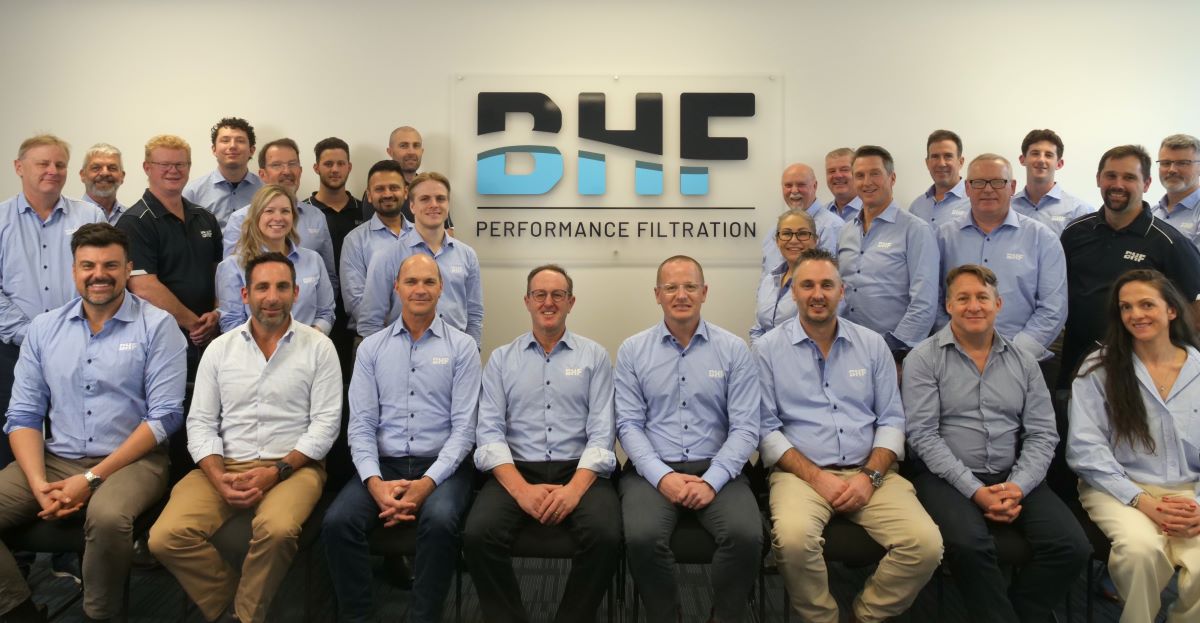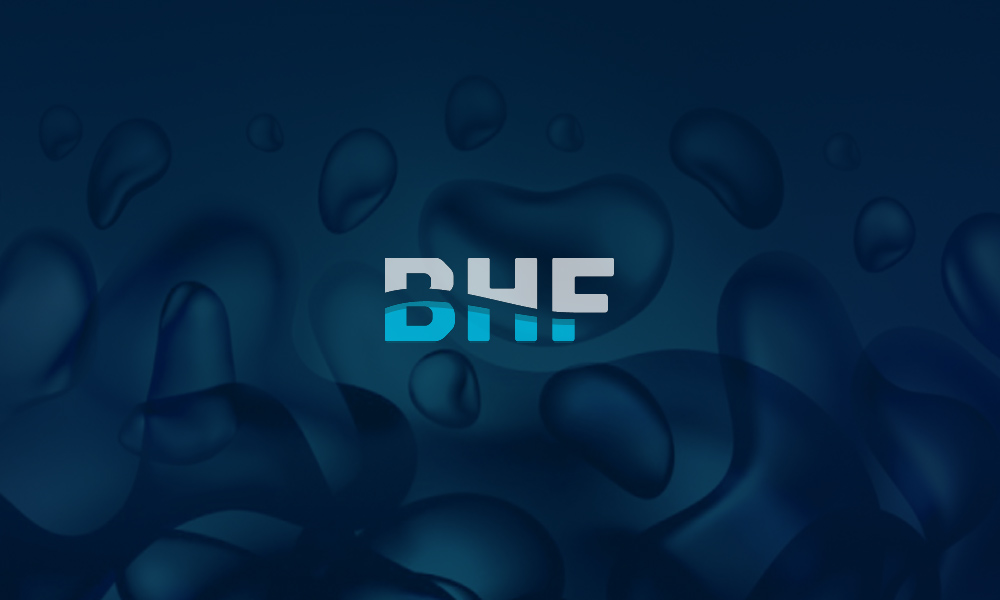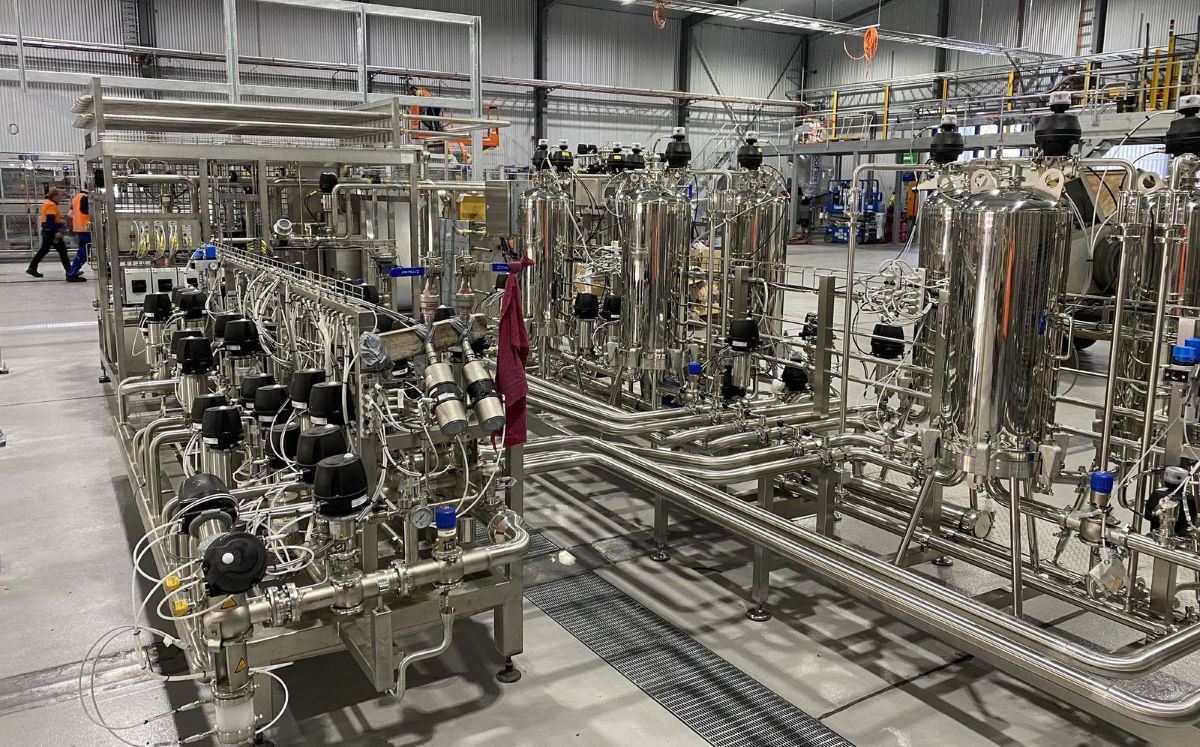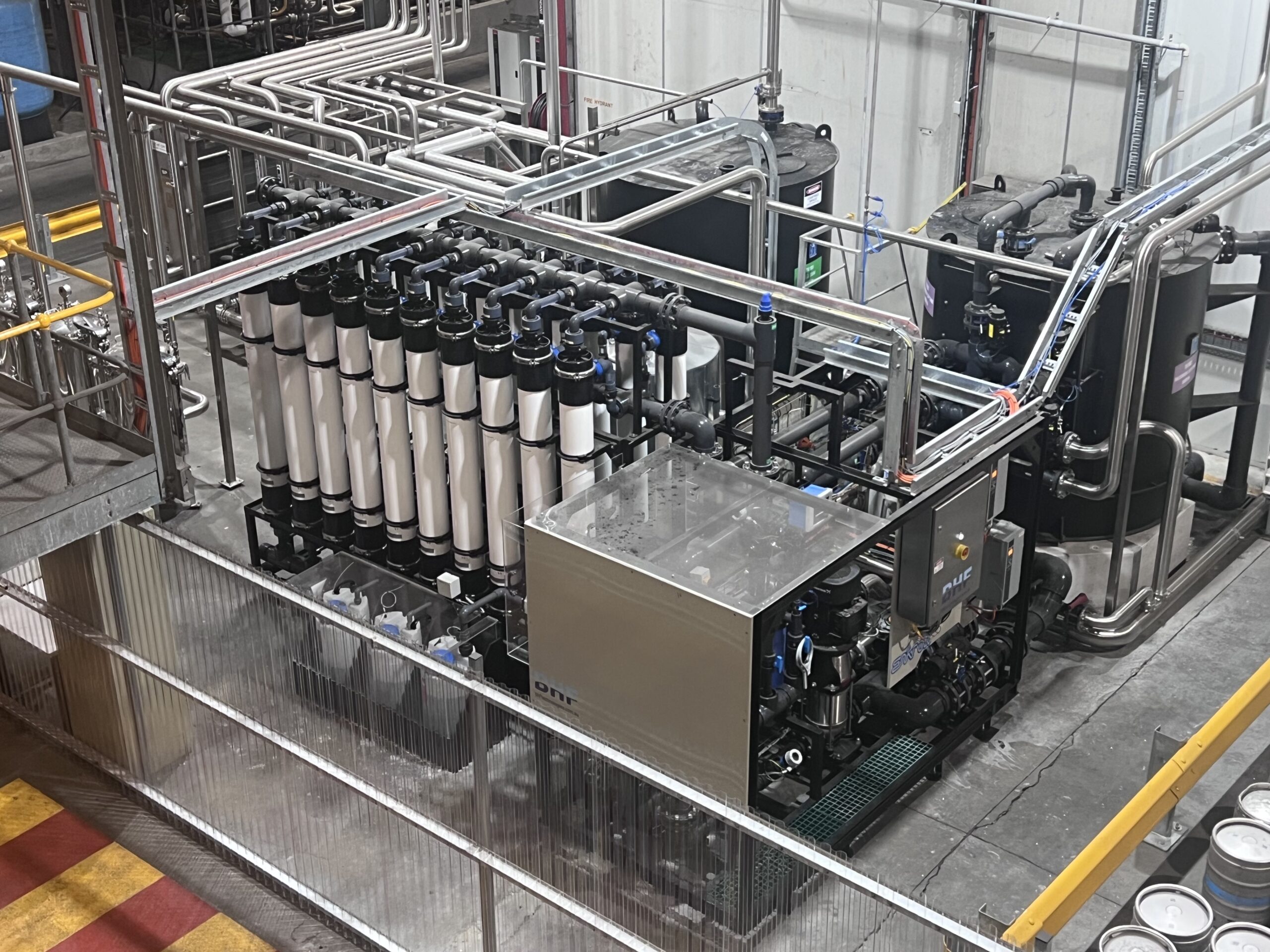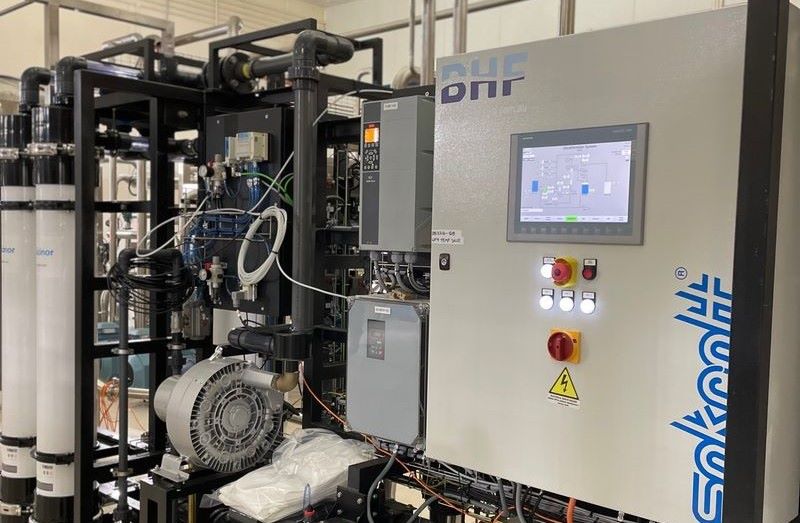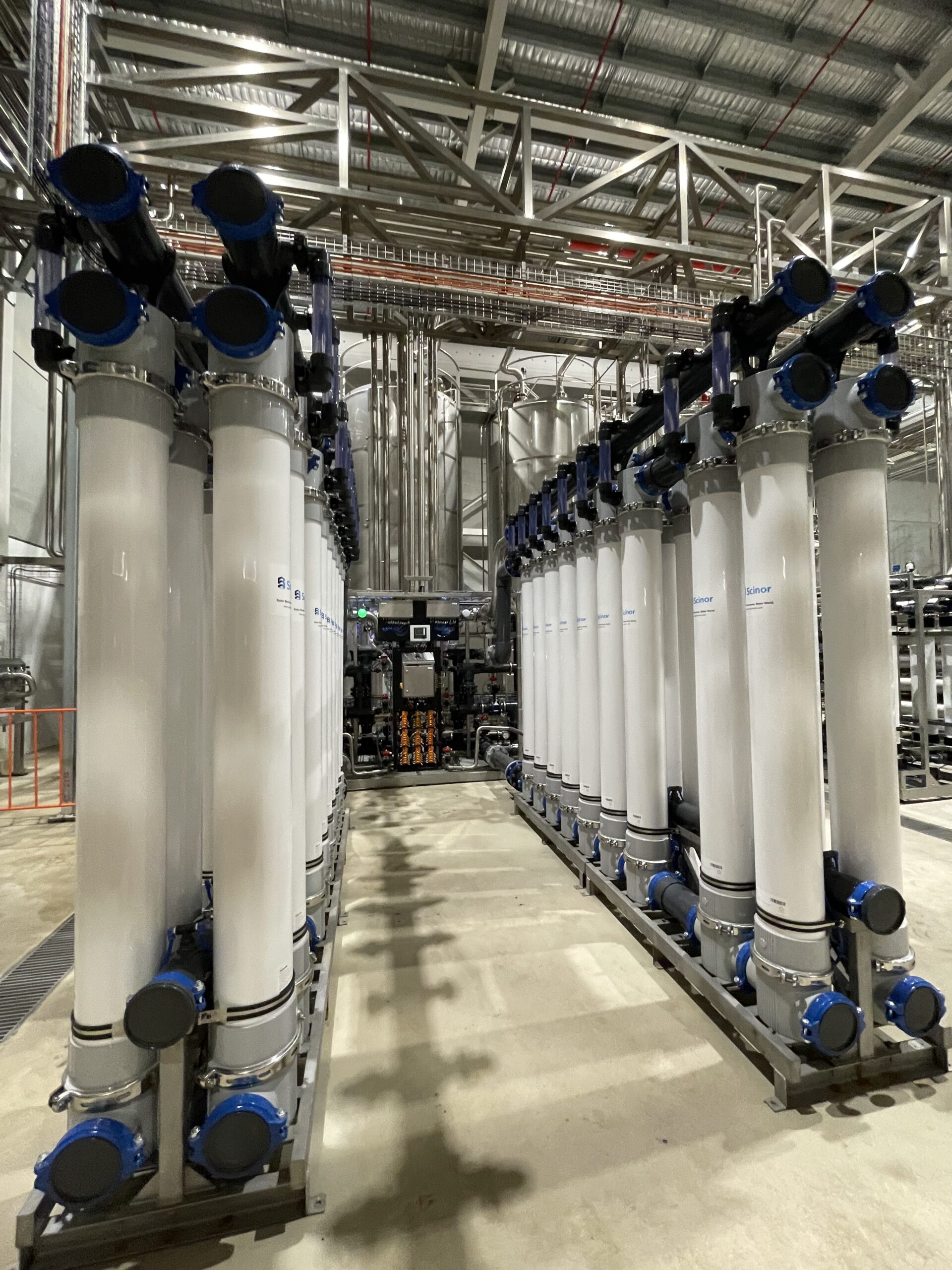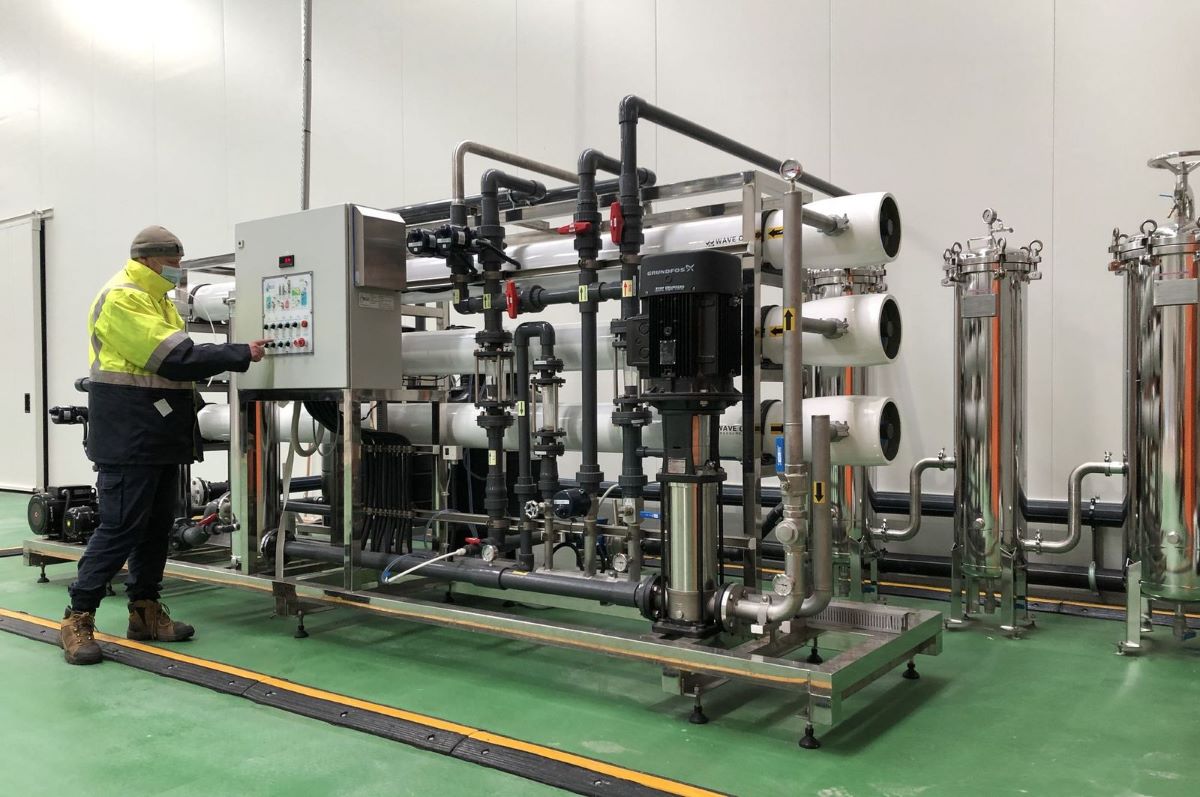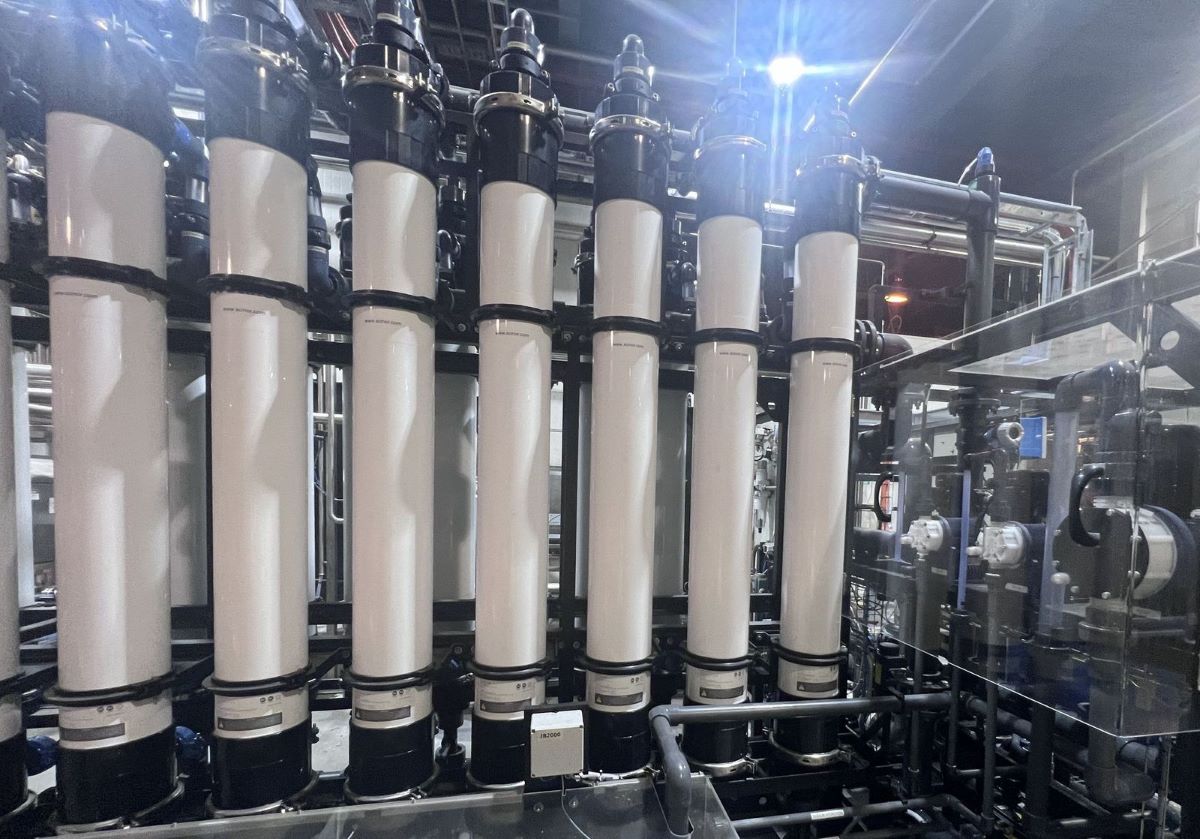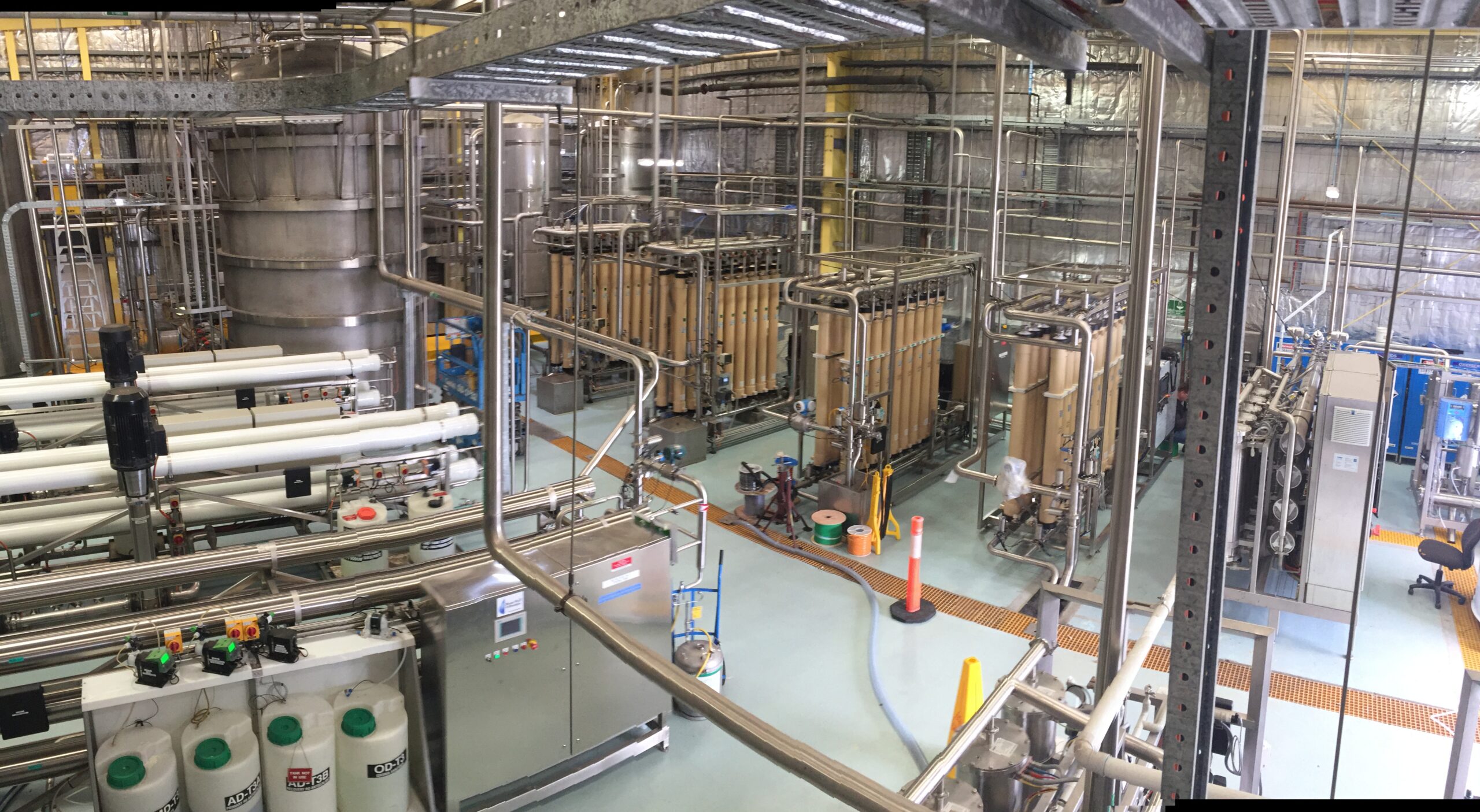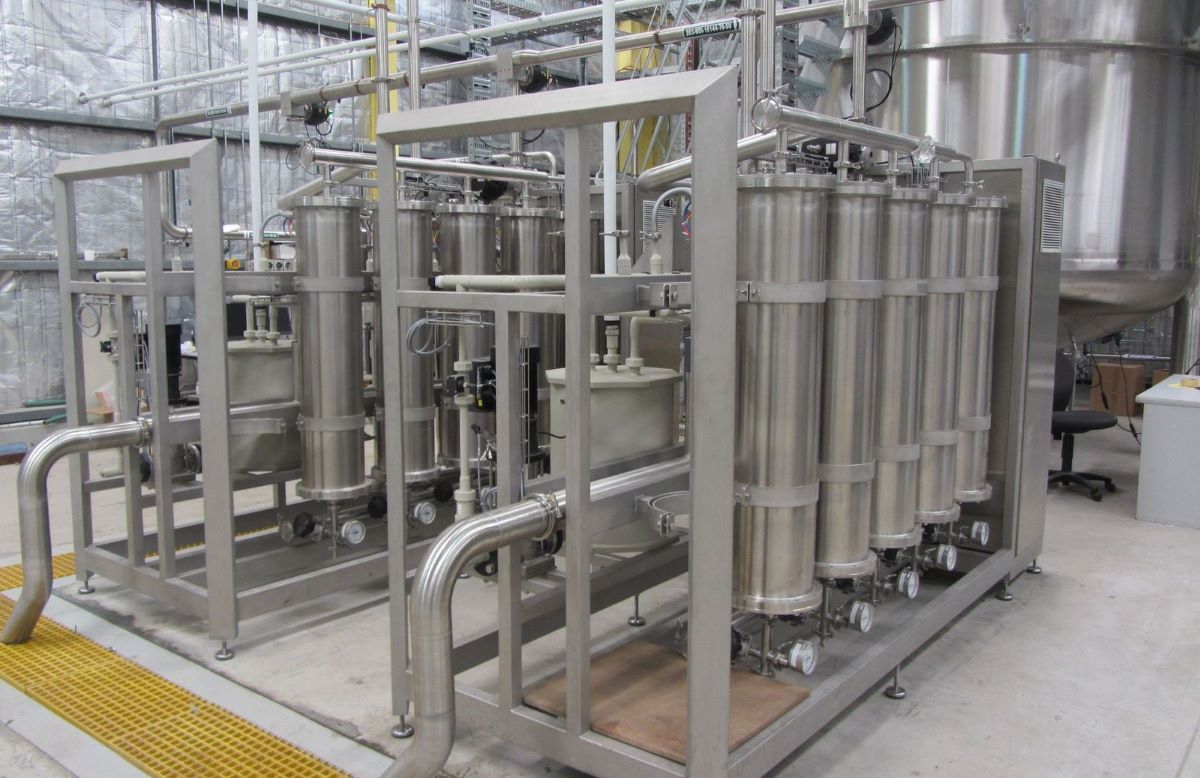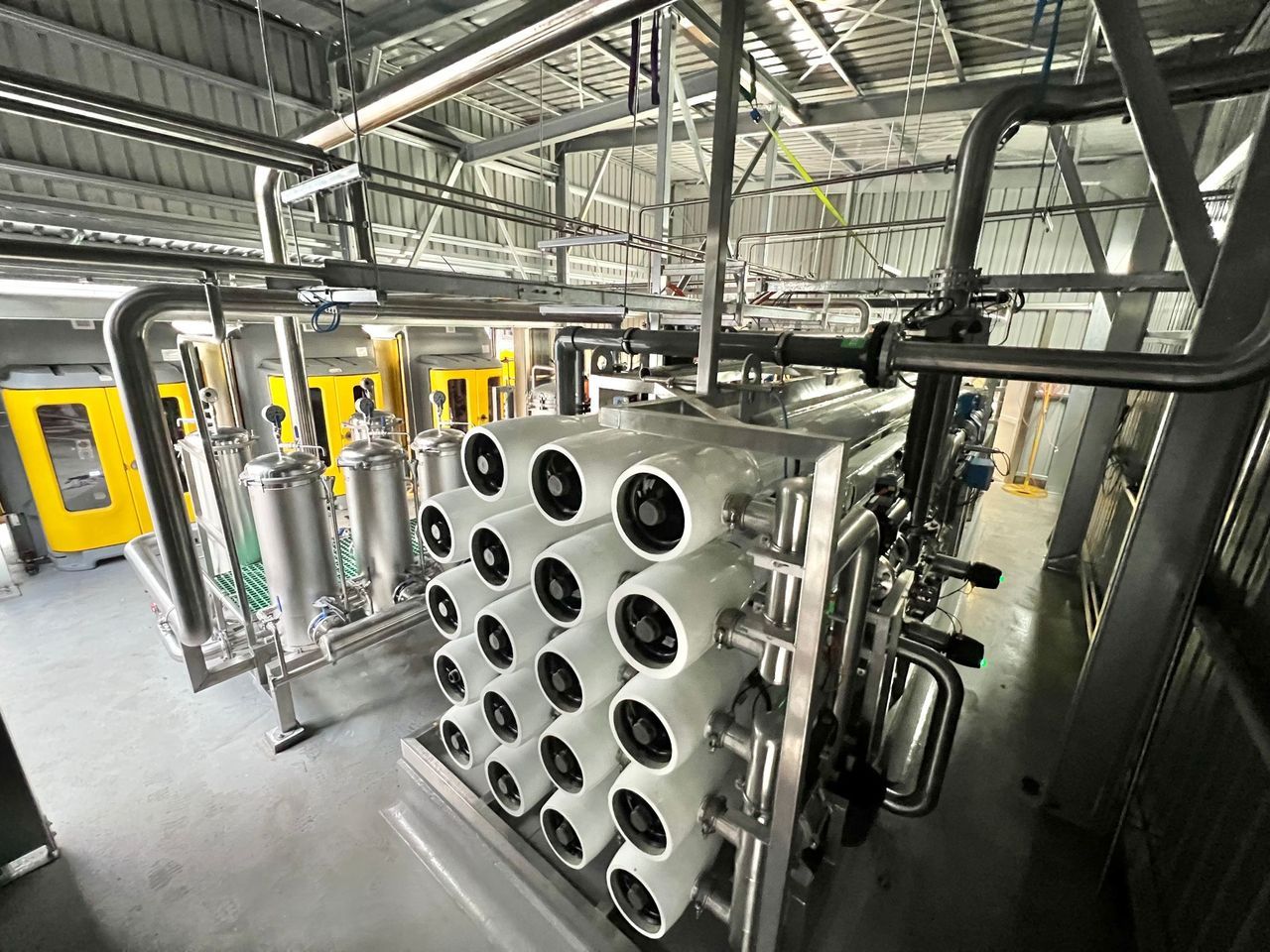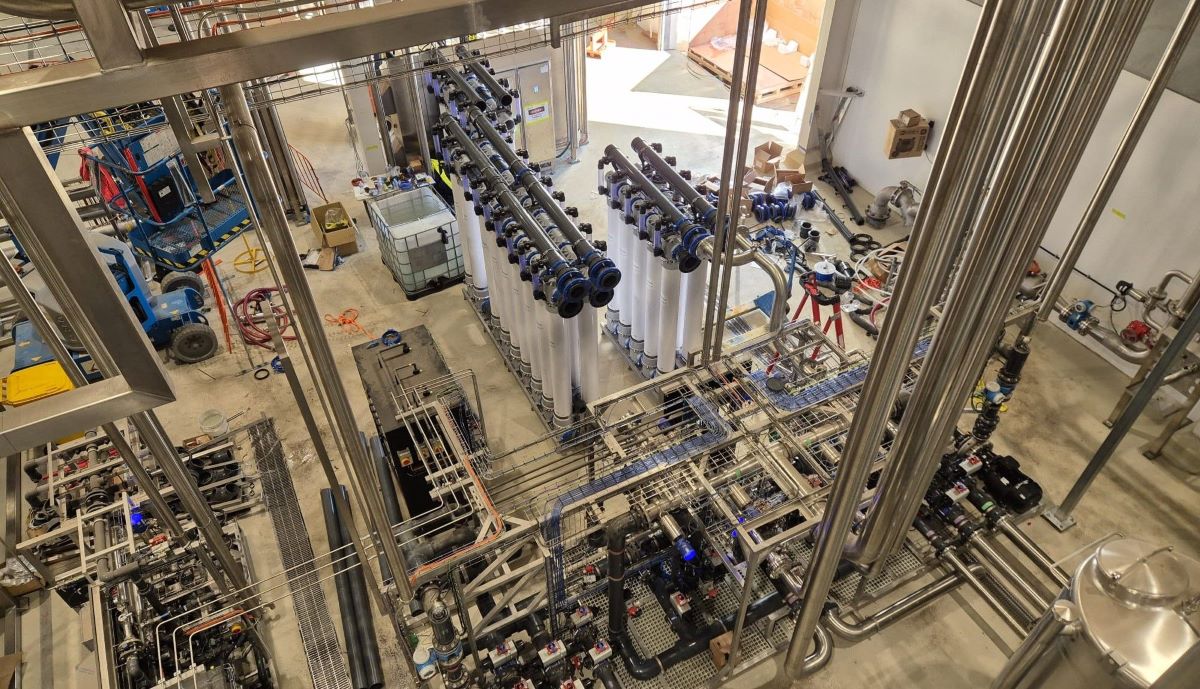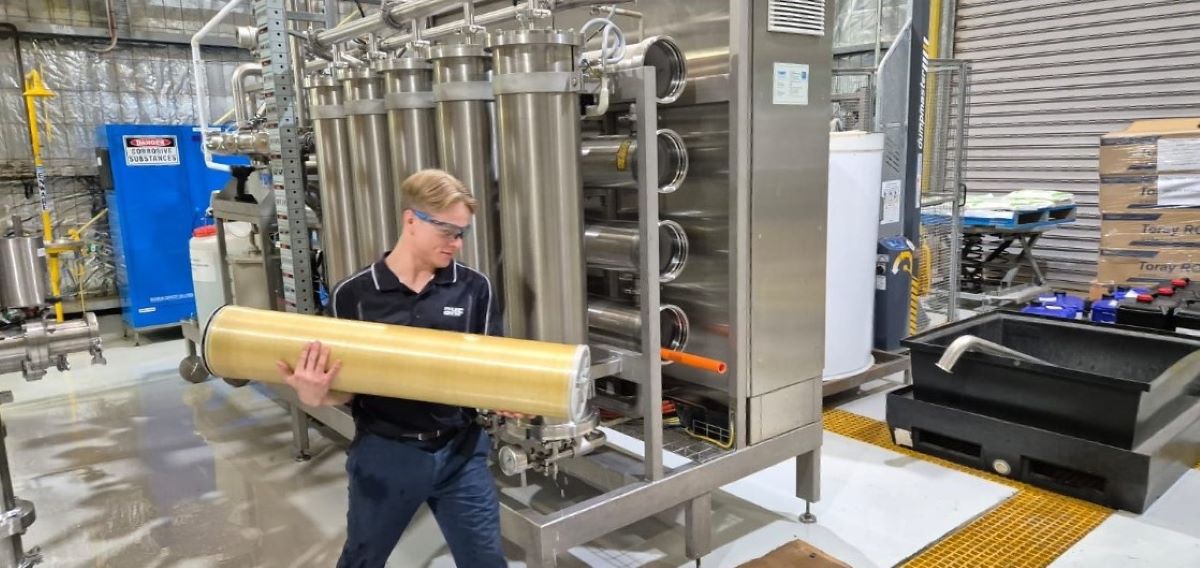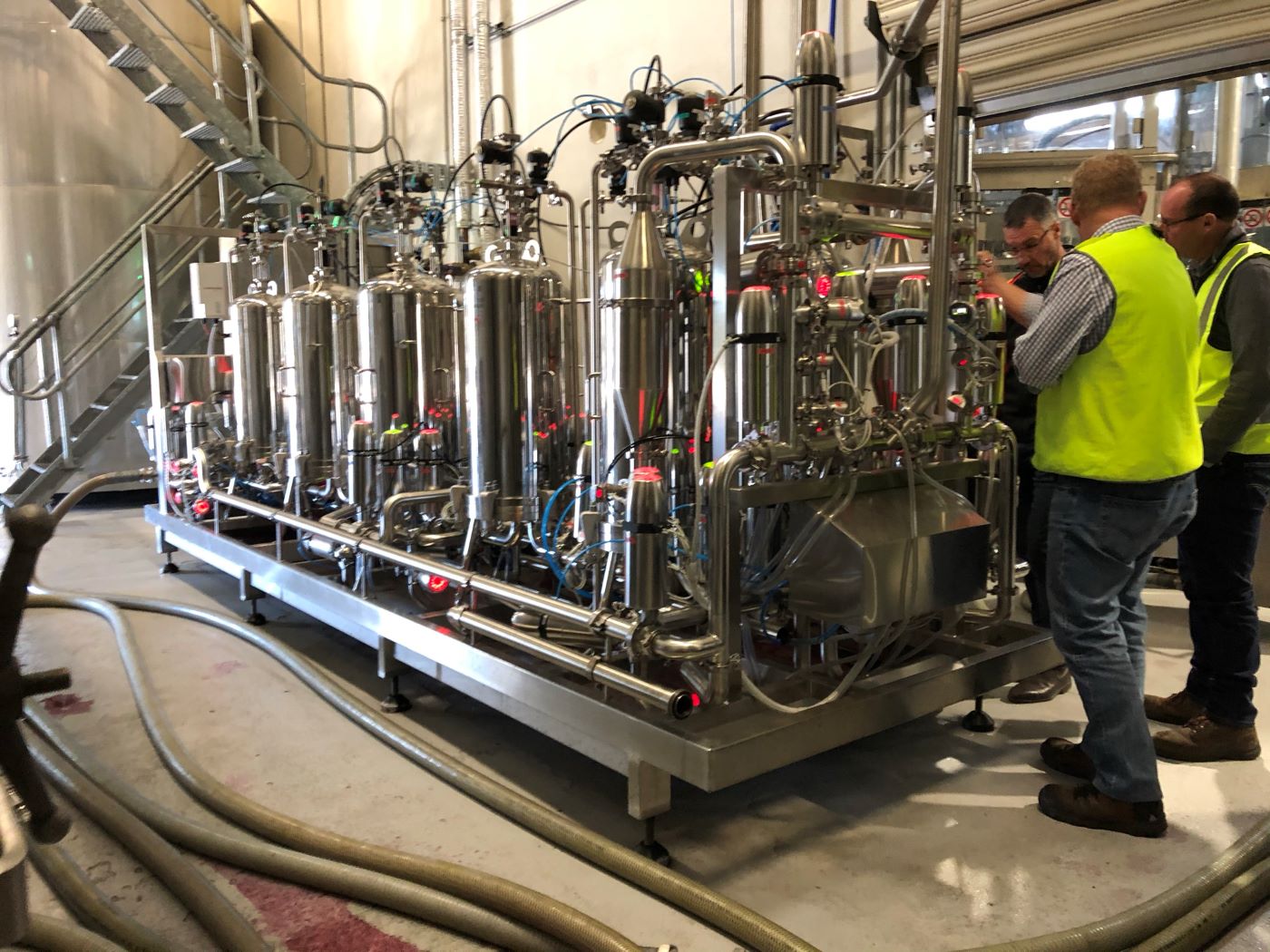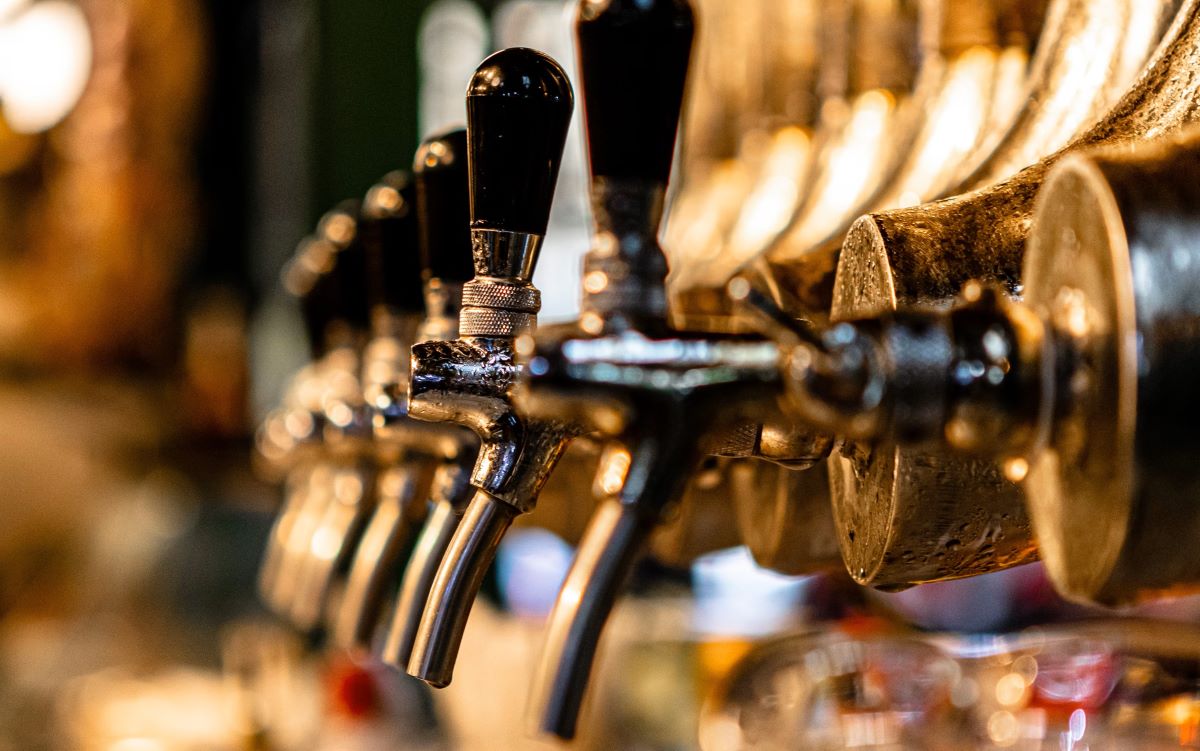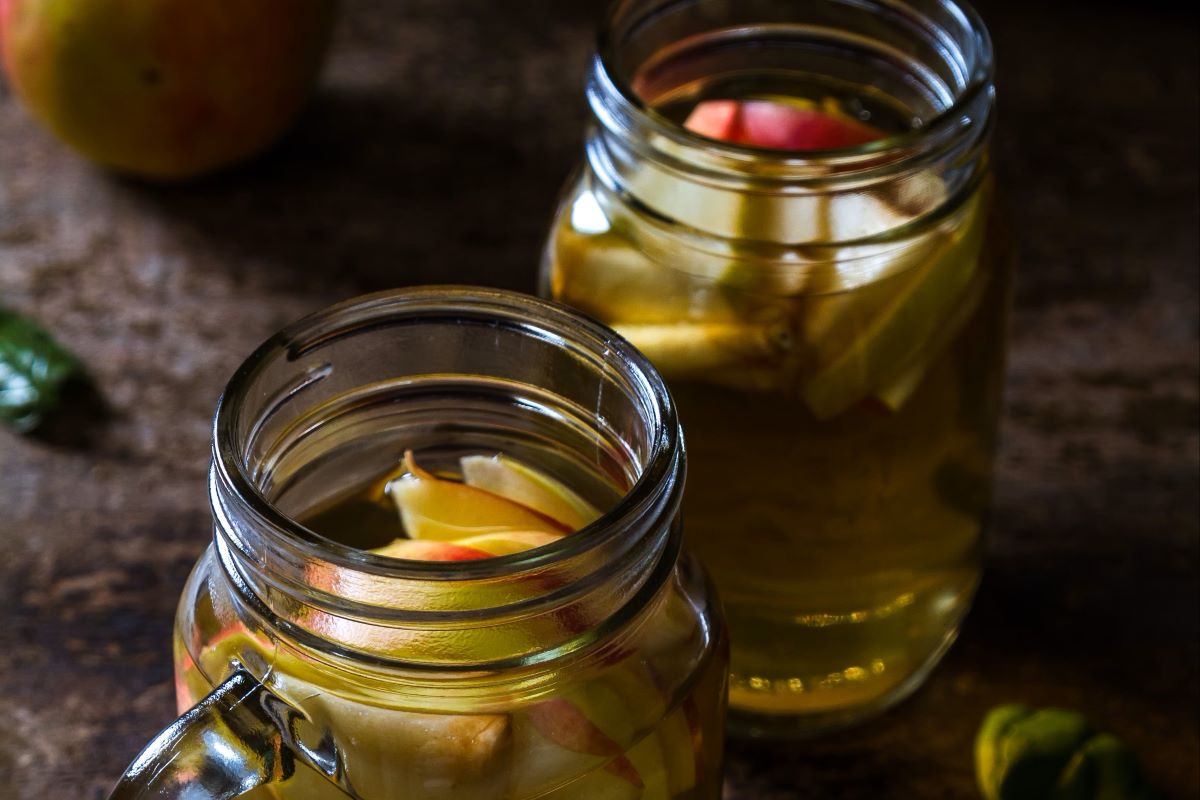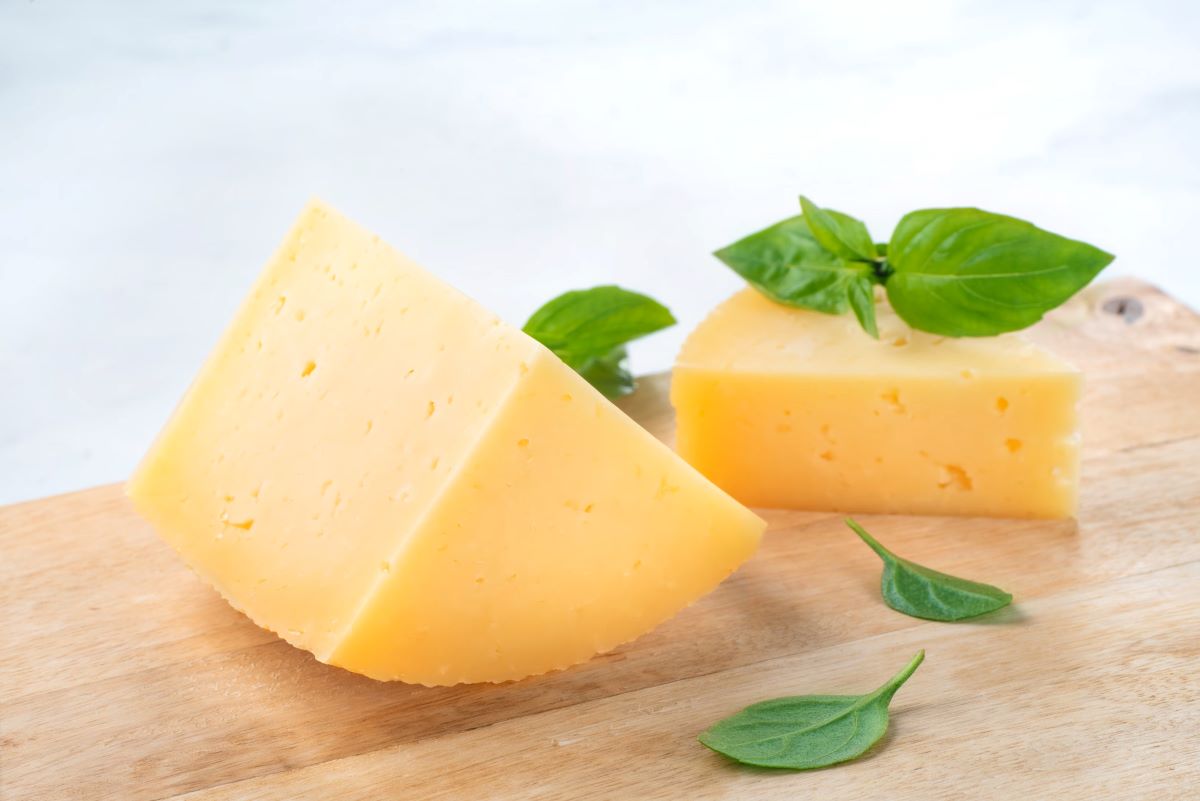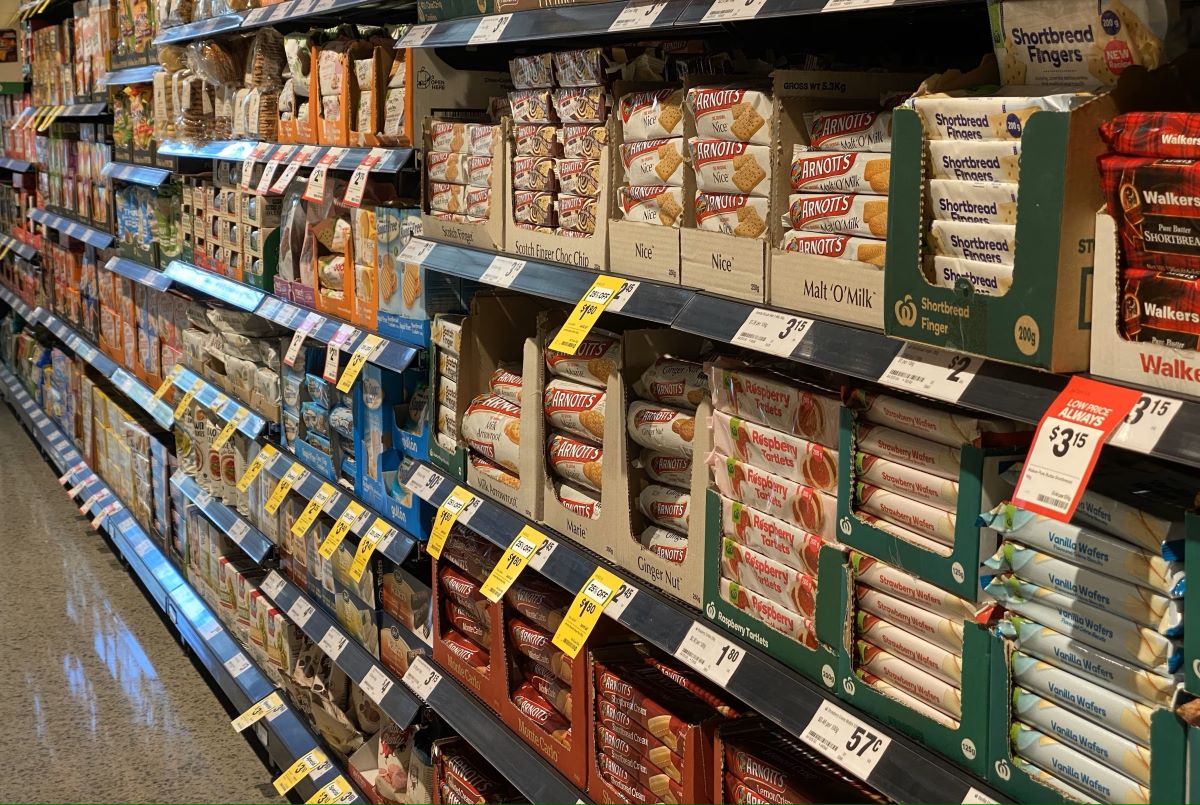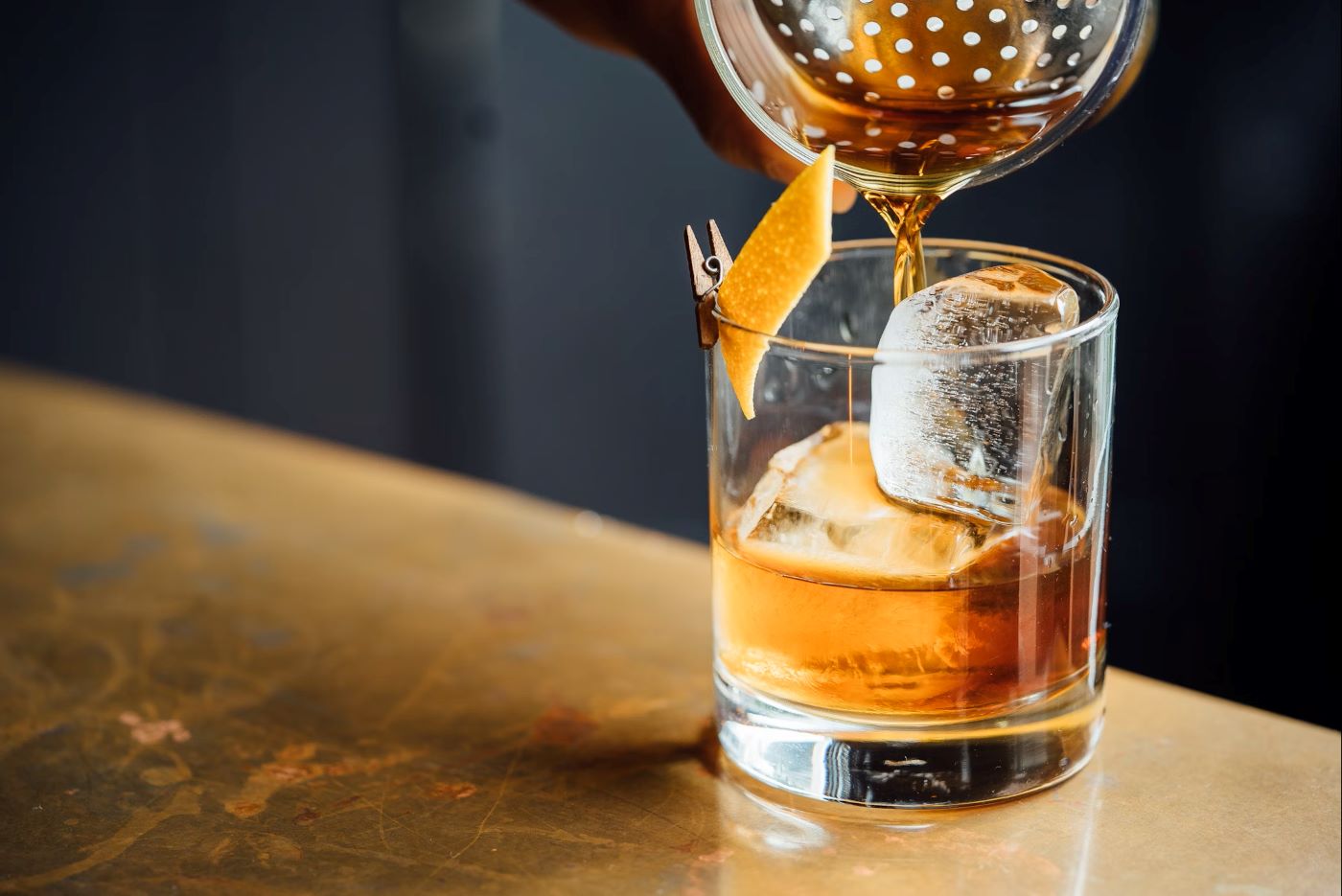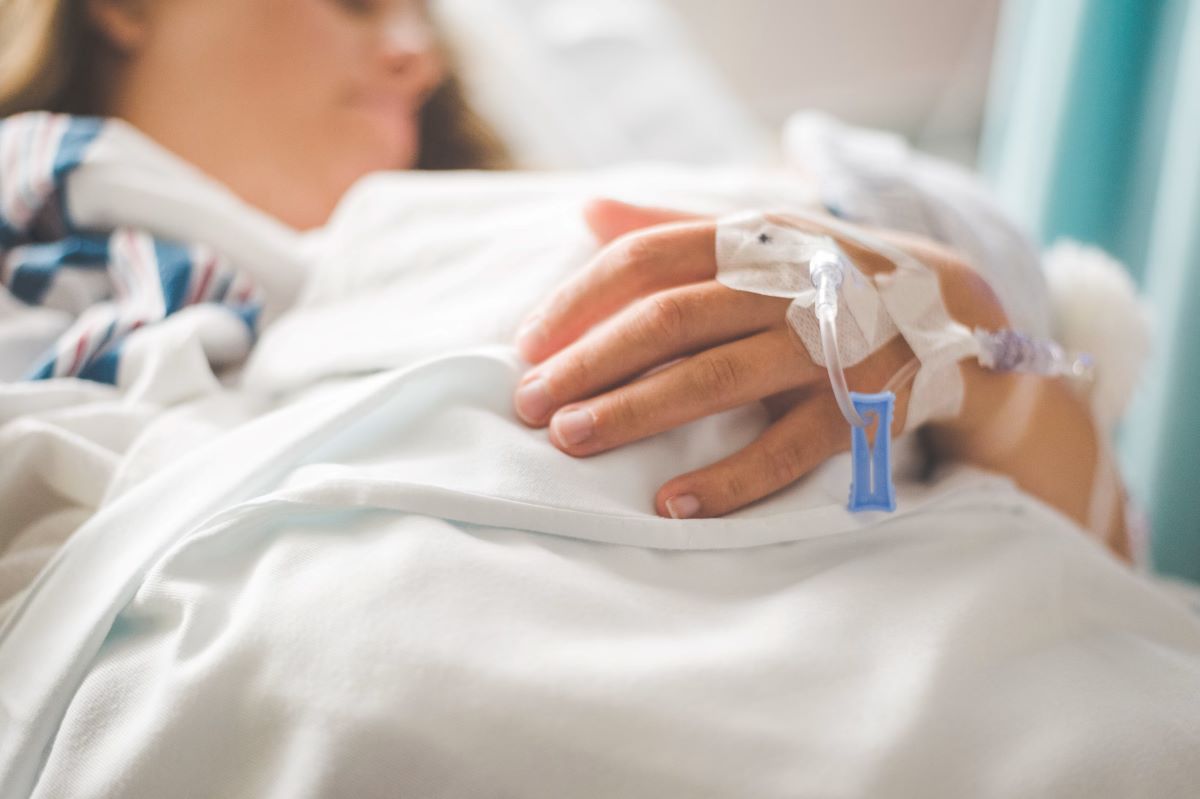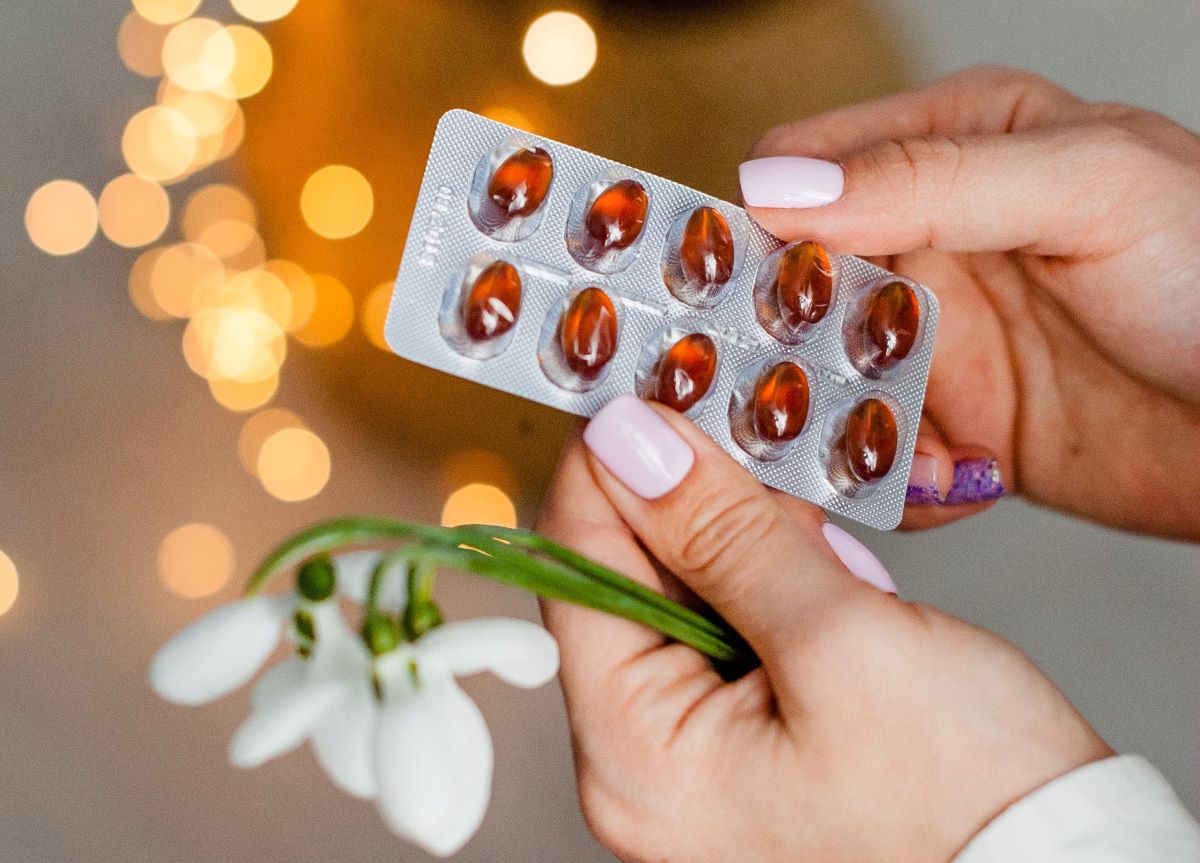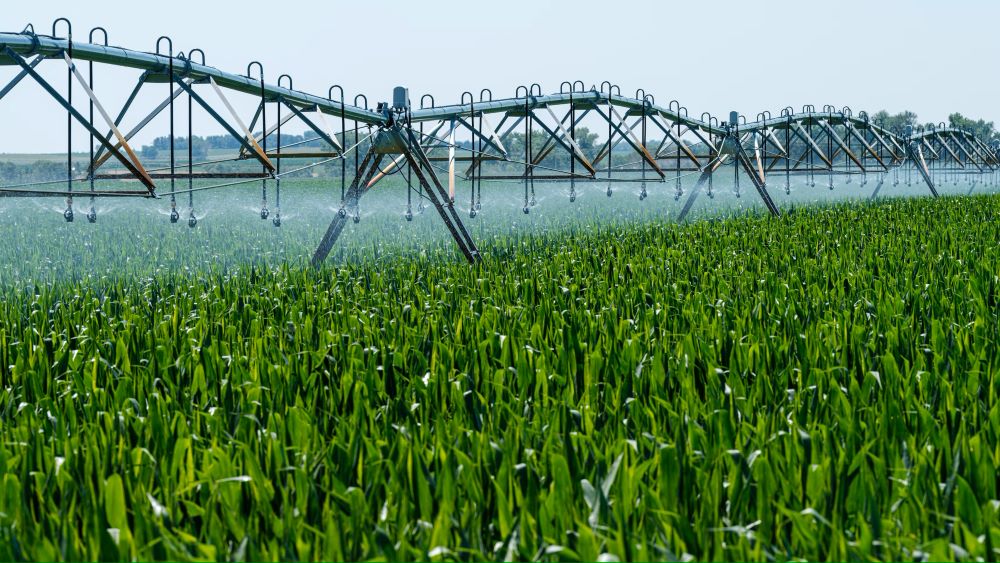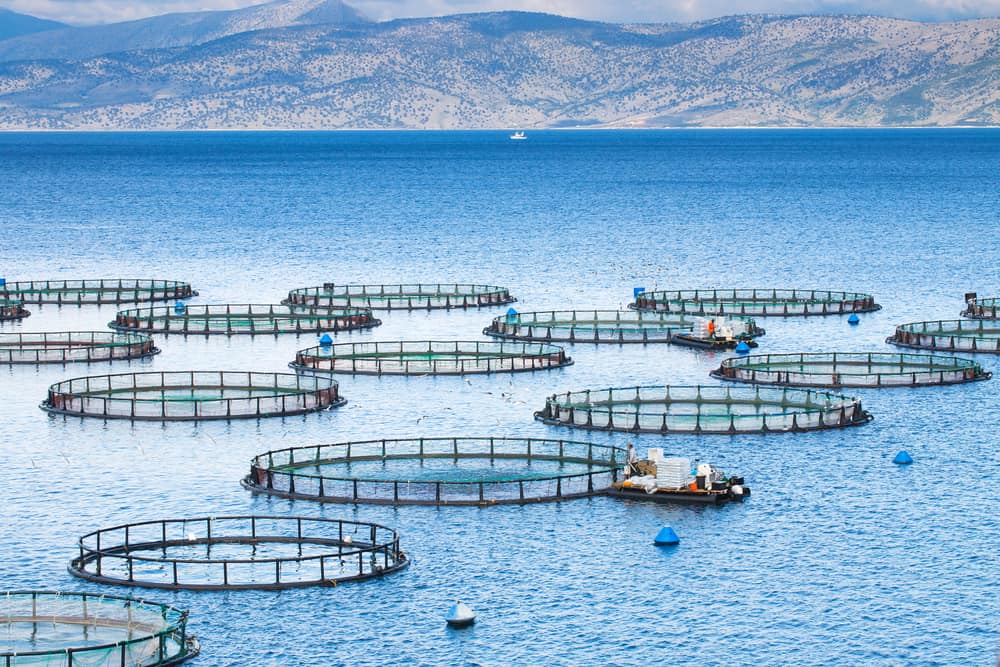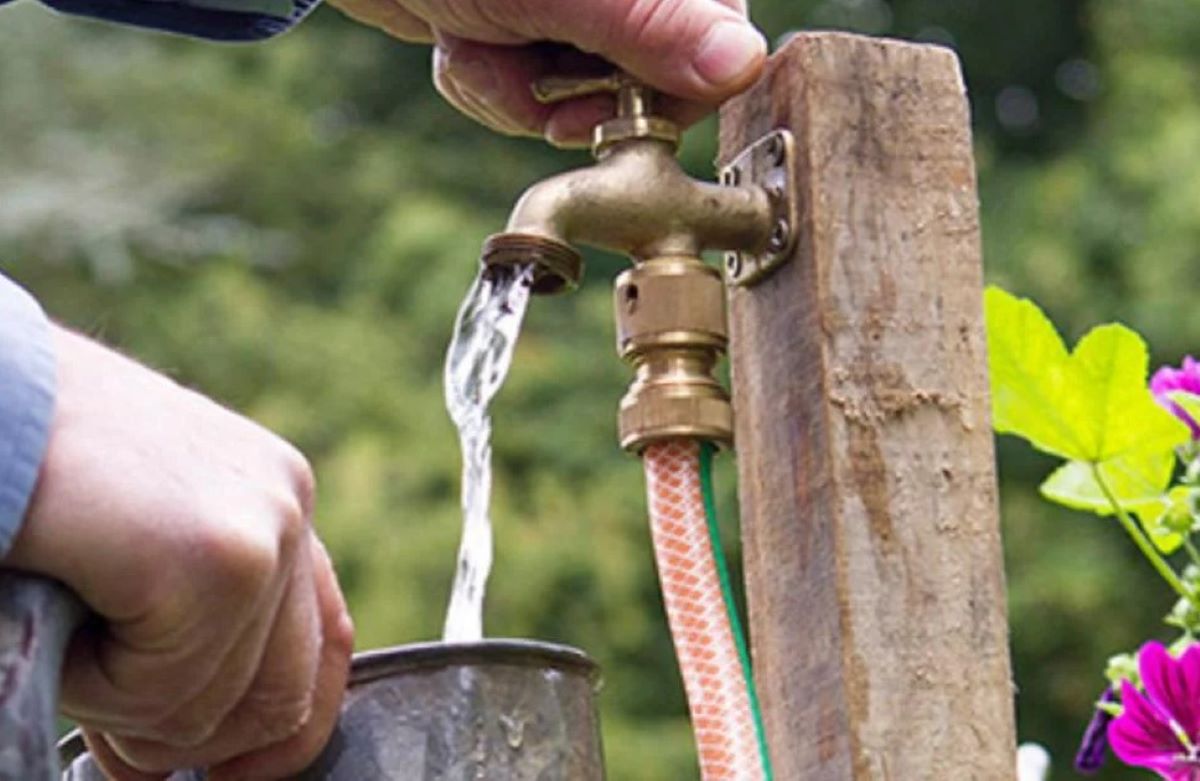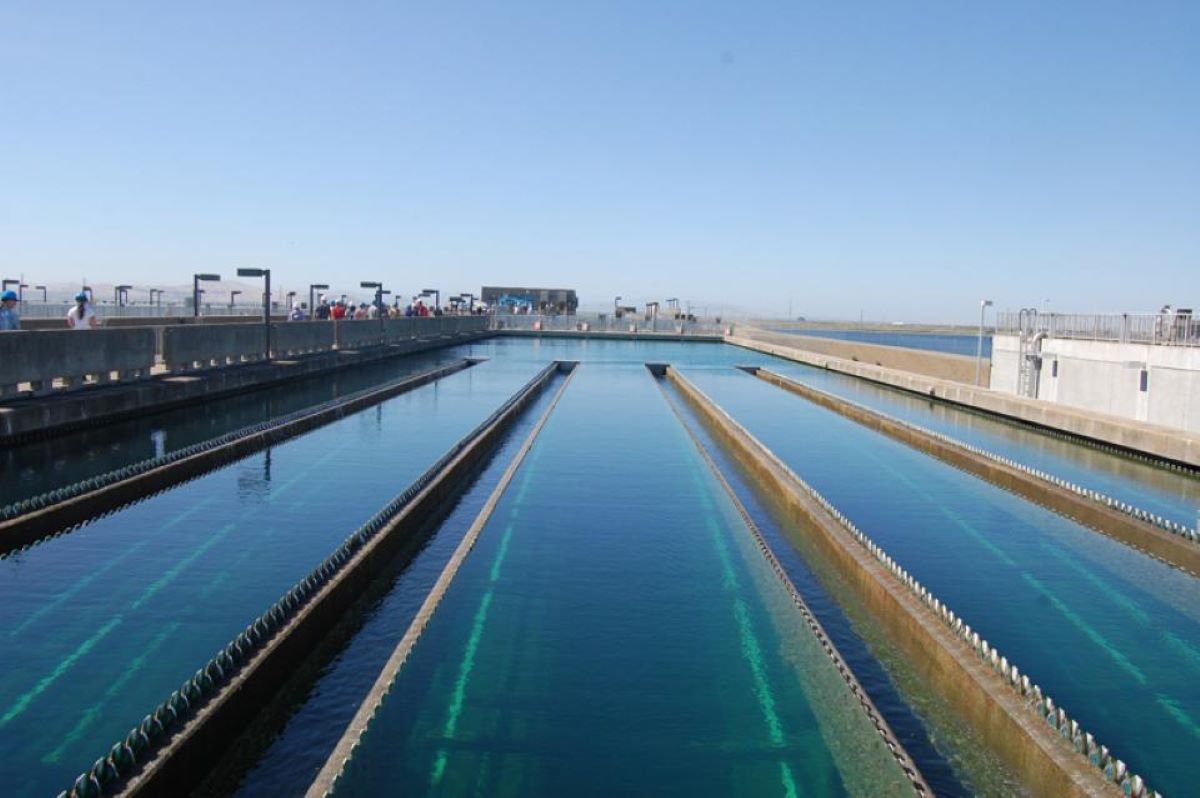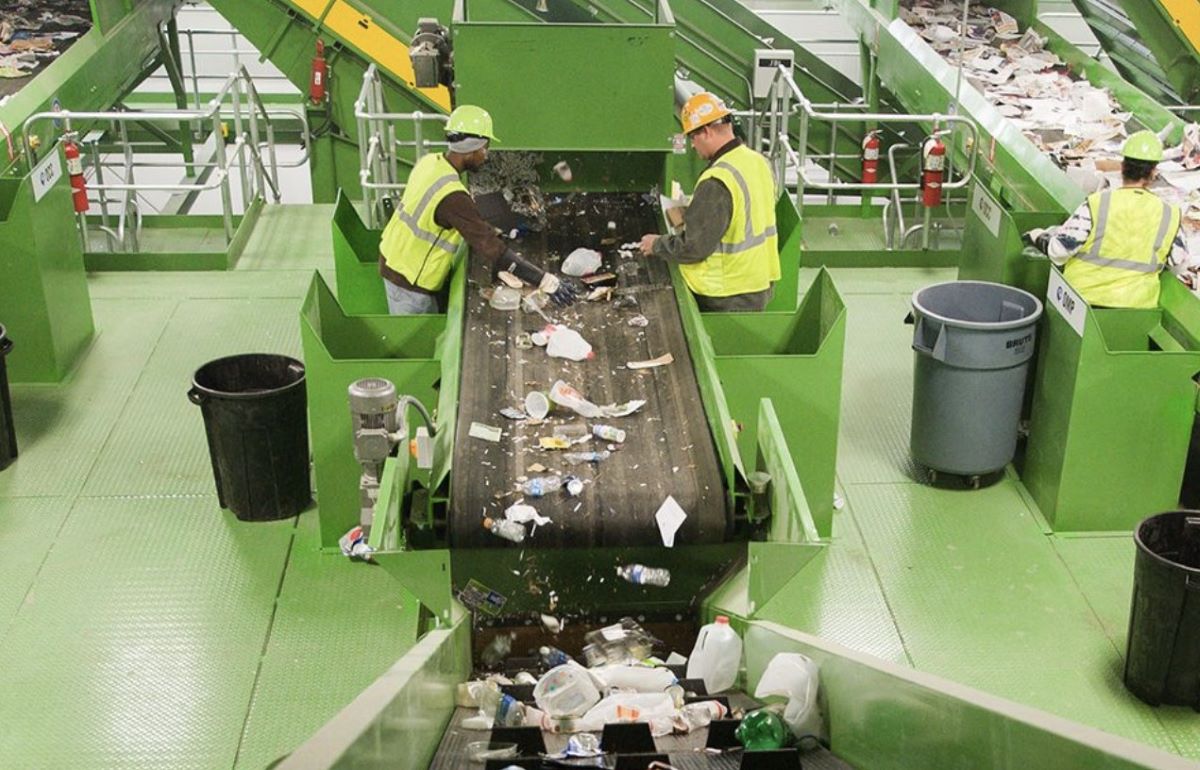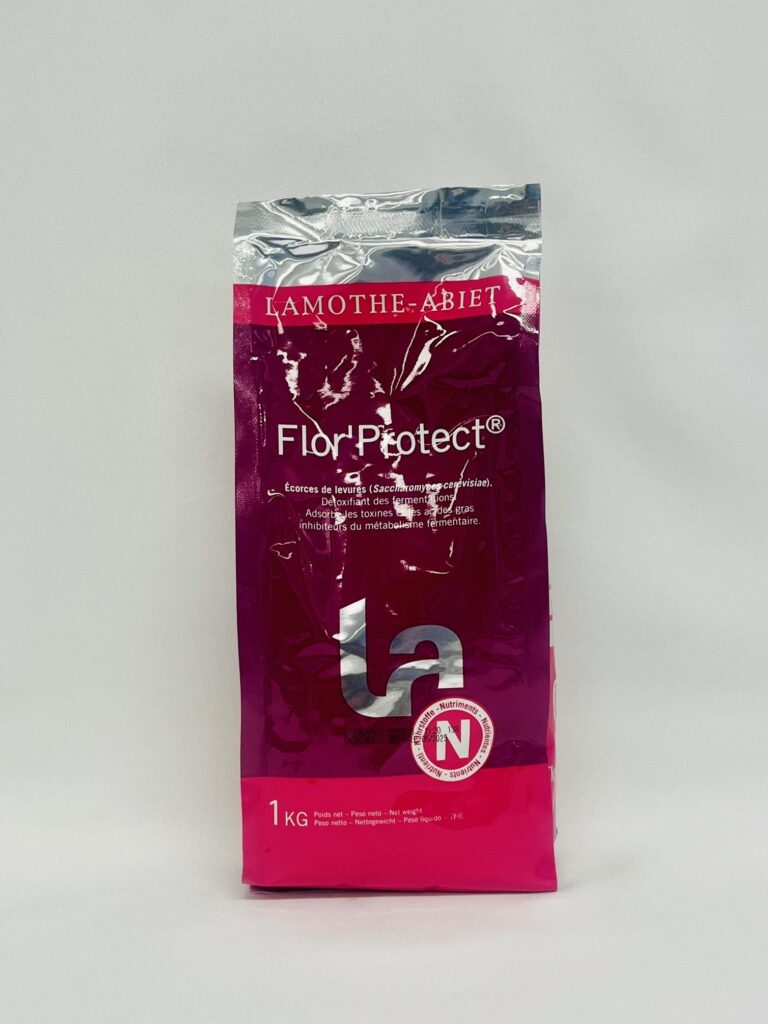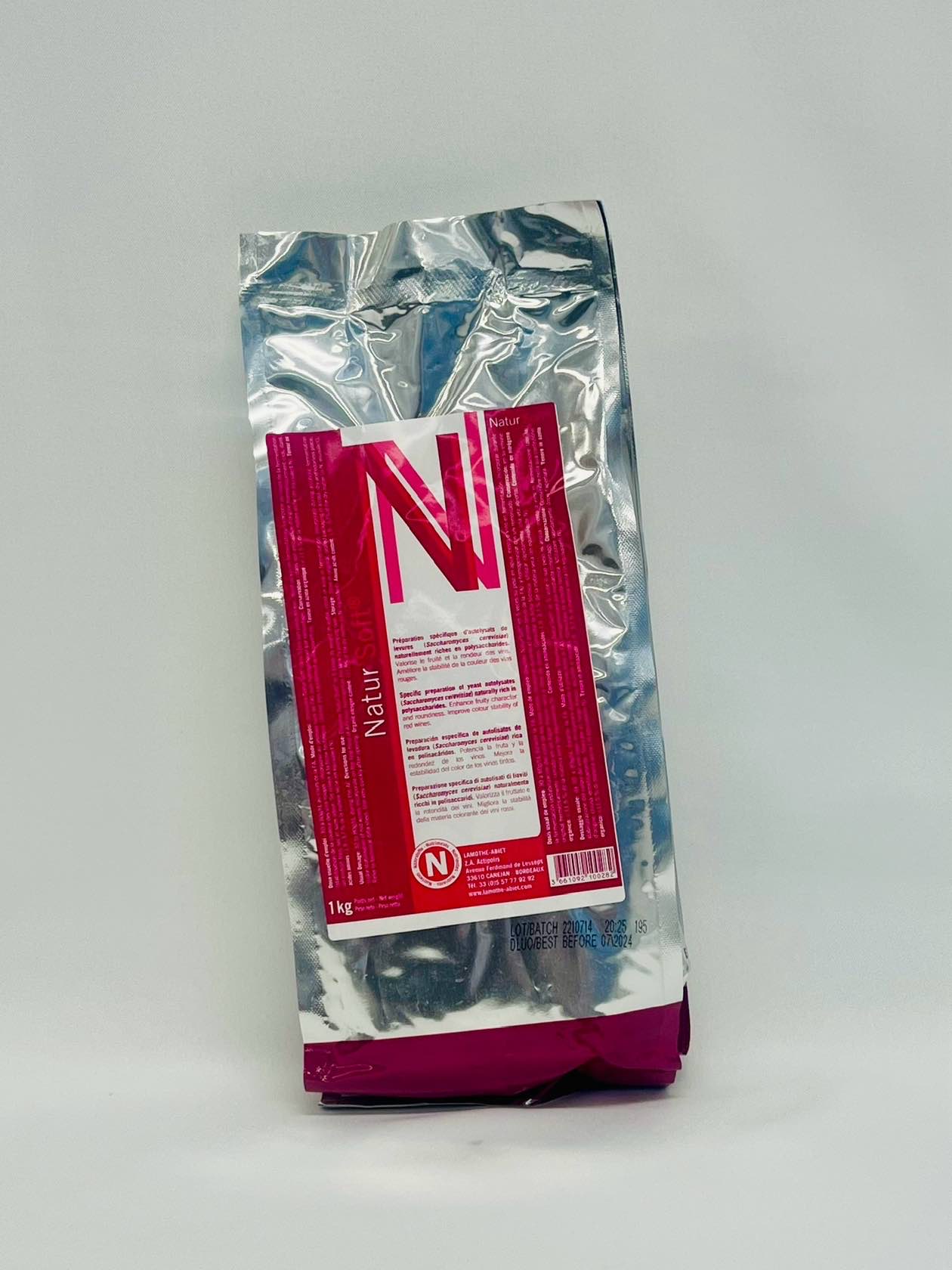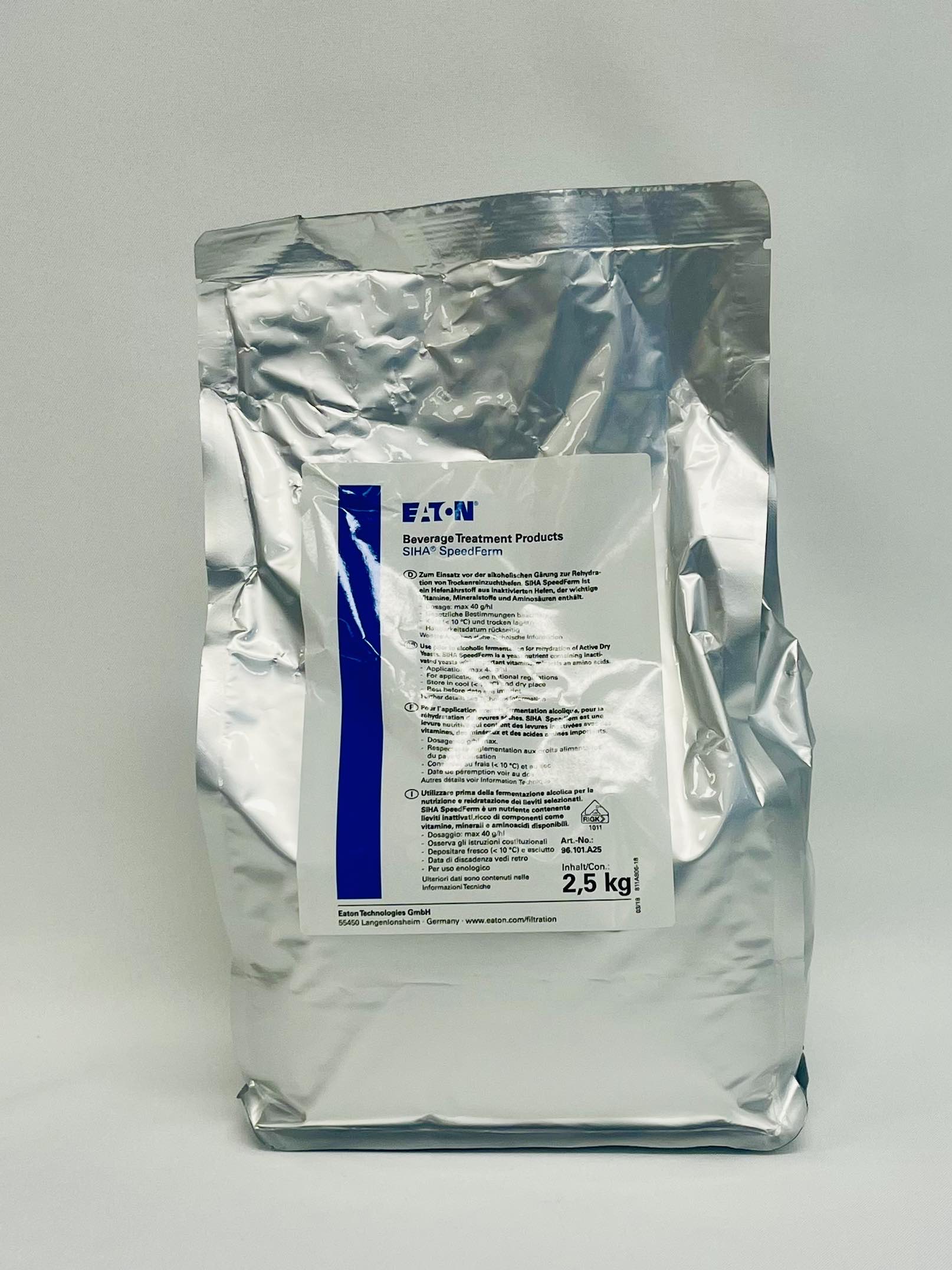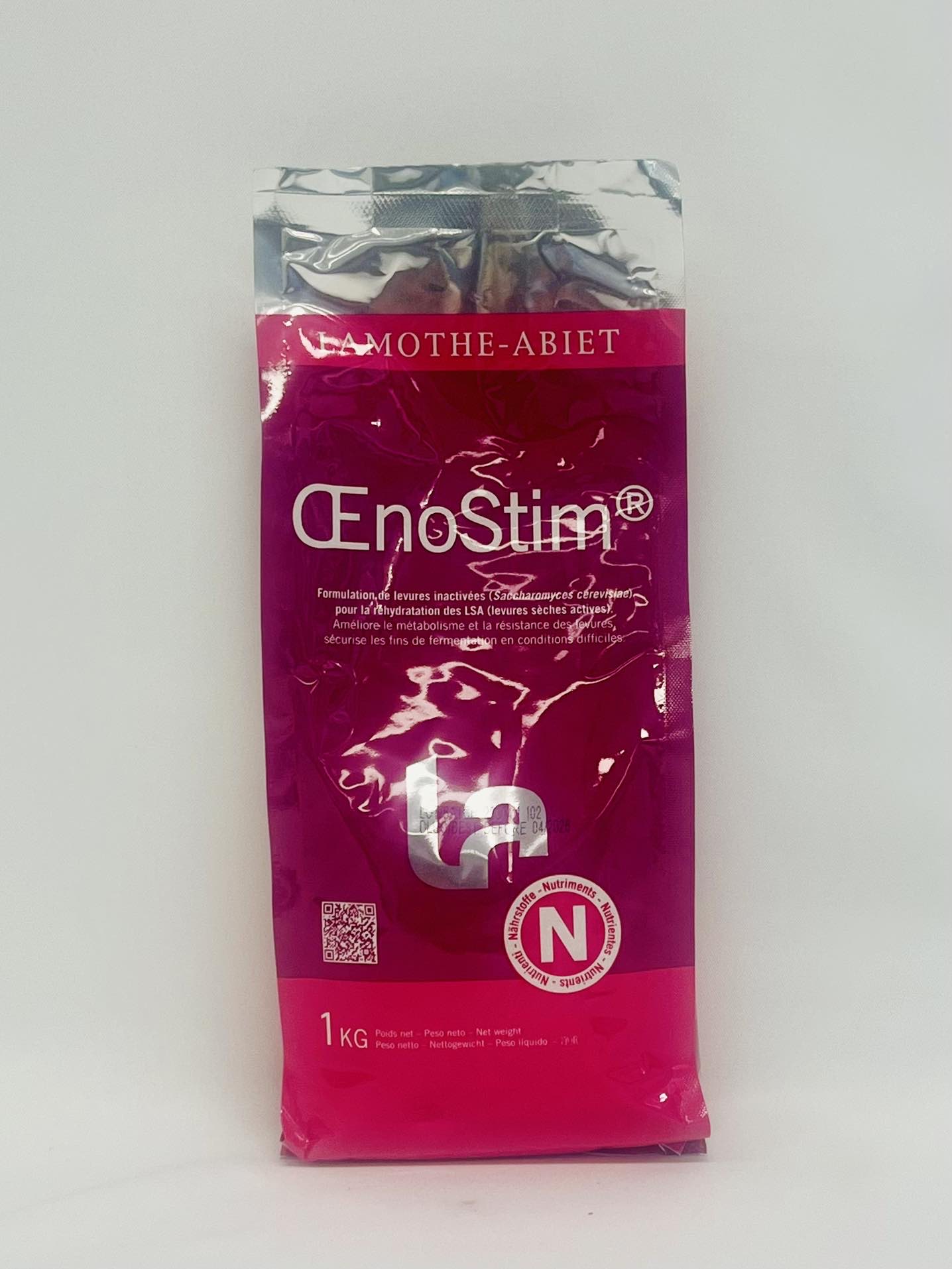Flor’protect
Flor’Protect® detoxifies the medium by removing negative compounds for yeasts and bacteria, such as inhibitor fatty acids. It is recommended in cases of sluggish fermentation and fermentation restart.
Technical Specifications
PHYSICAL
- Appearance & color: Beige powder
- Solubility: < 10 %
CHEMICAL
- Dry extract: ≥ 94 % m/m
- Carbohydrate: > 40 % m/m
- Glucans + Mannans: > 60 % total carbohydrate
LIMITS
- Lead: < 2 mg/kg
- Mercury: < 1 mg/kg
- Arsenic: < 3 mg/kg
- Cadmium: < 1 mg/kg
MICROBIOLOGICAL
- Revivable yeasts: ≤ 10^2 UFC/g
- Mould: < 10^3 UFC/g
- Lactic bacteria: < 10^3 UFC/g
- Acetic bacteria: < 10^3 UFC/g
- Salmonella: Absence/25g
- Escherichia coli: Absence/1g
- Staphylococci: Absence/1g
- Coliforms: < 10^2 UFC/g
Features and Benefits
Formulation: 100% yeast hulls (Saccharomyces cerevisiae) or yeast cellular envelopes.
Enological benefits:
- Throughout the alcoholic fermentation, especially under difficult conditions (high ABV, high temperatures, nitrogen deficiency), yeasts produce inhibitory compounds (medium chain fatty acids) that accumulate in the medium. These molecules inhibit the yeasts’ fermentary capacity and can lead to stuck fermentations.
- These compounds also inhibit malolactic bacteria and can cause complications for the malolactic fermentation.
- Flor’Protect® detoxifies the medium using the adsorbent properties of yeast hulls to bind these inhibitors, thus improving yeast and malolactic bacteria activity.
- Flor’Protect® can be used for preventive treatment to avoid sluggish fermentations (and the knock-on effects on the malolactic fermentation), or for curative purposes, it is recommended to detoxify the wine prior to fermentation restart operations.
Product Applications
Sprinkle Flor’Protect® progressively in 20 times its weight in water while continually stirring to avoid clumps. Add to the tank and homogenize with a pump-over.
Dosage: 20 g/hL
Preventive Treatment: 20 to 30 g/hL
Curative Treatment: 30 to 40 g/hL (please refer to the fermentation restart protocol available online)
Maximum legal dosage (EU regulation): 40 g/hL.

